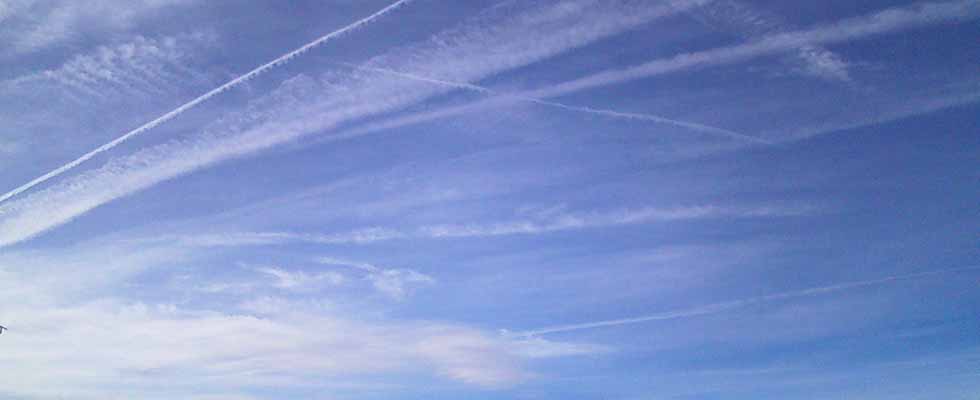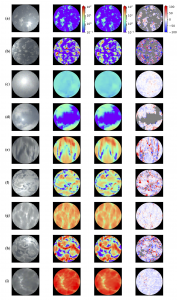Observation of the spatial distribution of cloud optical thickness (COT) is useful for the prediction and diagnosis of photovoltaic power generation. However, optical remote sensing of cloud is difficult because the three-dimensional (3D) radiative transfer effects should be taken into account. We propose a method to train a deep convolutional neural network (CNN) based on a 3D radiative transfer model, which enables the quick estimation of the COT distribution from the image of a ground-mounted radiometrically calibrated digital camera (Masuda et al., 2019). The CNN retrieves the COT spatial distribution using spectral features and spatial contexts. An evaluation of the method using synthetic data shows a high accuracy greatly reducing the influence of the 3D radiative effect. As an initial analysis result, COT is estimated from a sky image taken by a digital camera, and a high correlation is shown with the effective COT estimated using a pyranometer. This new technique enables quantitative measurement of cloud using camera.
Deep learning technology enables high-precision approximation of complex physical models and is useful as a tool to solve difficult problems. The approach of training deep learning models based on physics models is expected to bring about new developments in remote sensing in earth and planetary sciences.
Figure 1. Examples of cloud optical thickness (COT) estimated by the convolutional neural network for cases (a–i). The leftmost column shows synthetic true-color images, the two middle columns show the (left) ground-truth and (right) estimated COT, and the rightmost column shows the relative error (%) of the estimated COT. This figure is from Masuda et al. (2019).
Publication
Masuda, R., H. Iwabuchi, K. S. Schmidt, A. Damiani, and R. Kudo: Retrieval of Cloud Optical Thickness from Sky-View Camera Images using a Deep Convolutional Neural Network based on Three-Dimensional Radiative Transfer. Remote Sens., 2019, 11, 1962; doi:10.3390/rs11171962
(This is an open access article distributed under the Creative Commons Attribution License which permits unrestricted use, distribution, and reproduction in any medium, provided the original work is properly cited.)

